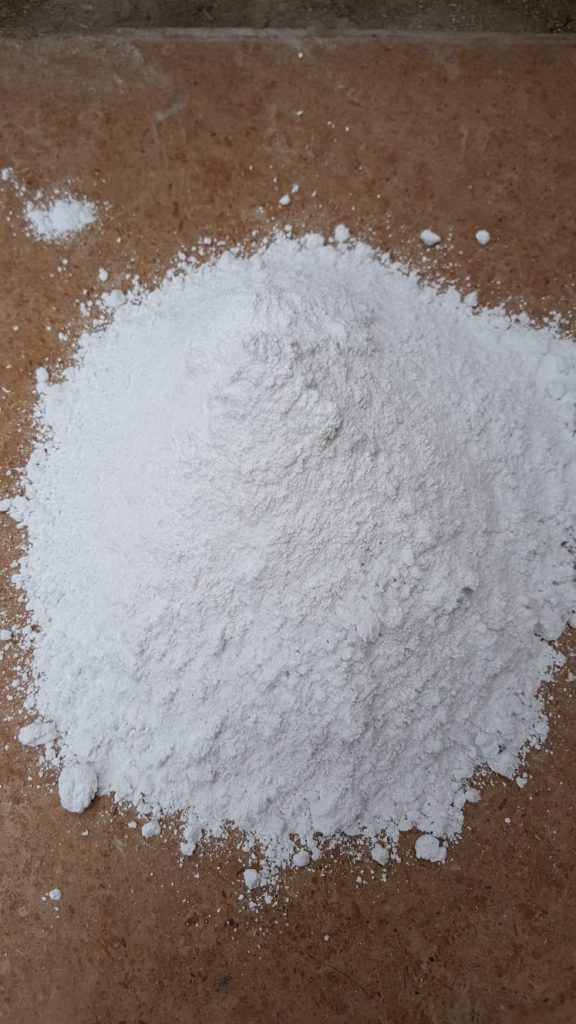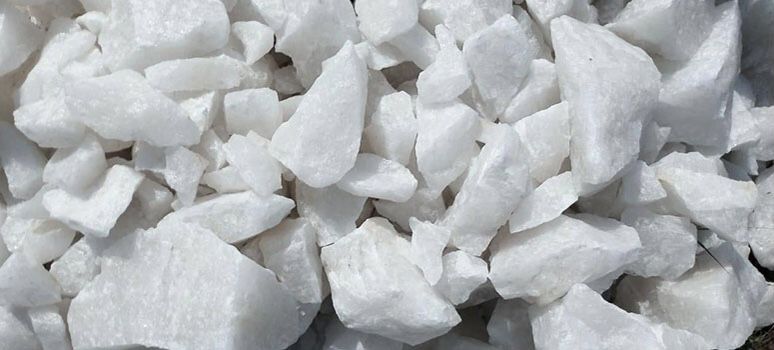Quartz Lumps & Silica Sand
Quartz powder, specifically fused and synthetic, is a highly versatile material with various applications across different industries. It is primarily composed of silicon dioxide (SiO2), offering exceptional durability and hardness, making it suitable for a wide range of uses. The product is available in a powdered form, which is primarily used in abrasives, ceramics, and manufacturing, and has found recent applications in renewable energy sectors such as solar panel production.
Key Characteristics and Applications:
- Abrasives: Ground quartz serves as a key component in abrasive materials used for stonecutting, sandblasting, and glass grinding.
- Porcelain & Ceramics: Powdered quartz is integral in the production of porcelain and various ceramic products, owing to its hardness and inert chemical properties.
- Scouring Soaps & Sandpaper: Due to its abrasive properties, quartz powder is often used in scouring soaps and sandpaper products.
- Wood Fillers: Quartz is used in wood fillers for both its physical properties and ability to provide a smooth finish.
- Solar Panels: Recent innovations have seen powdered quartz being employed in the production of solar panels, where its high purity and chemical stability are critical.
Types of Quartz:
Quartz exists in several forms, each with unique characteristics. Some of the most common varieties include:
- Amethyst
- Citrine
- Smoky Quartz
- Rose Quartz
- Rock Crystal
- Milky Quartz
- Ametrine
These types are distinguished by their colors, crystal structures, and inclusions, though the basic mineral structure of SiO2 remains the same

Additional Uses:
- Sandpaper & Abrasives: Crushed quartz is used as an abrasive in sandpaper, while silica sand finds applications in sandblasting.
- Whetstones & Millstones: Whole quartz-based sandstones are still used to produce whetstones, millstones, and grindstones.
- Optics: Fused quartz, or silica glass, is used in optical applications due to its excellent ability to transmit ultraviolet light.
Chemical Composition:
- SiO2 (Silicon Dioxide): 99.1%
- Al2O3 (Aluminum Oxide): 0.62%
- K2O (Potassium Oxide): 0.64%
- MgO (Magnesium Oxide): 0.26%
- Fe2O3 (Iron Oxide): 0.18%
This high purity of SiO2 makes quartz powder highly effective in a range of demanding industrial applications, where high strength and low impurity levels are required.

Conclusion:
Quartz powder (fused and synthetic) is a highly versatile and valuable product used across various industries, from abrasives and ceramics to cutting-edge applications in solar technology. Its chemical stability, hardness, and diverse range of applications make it a sought-after material in both traditional and modern industries
